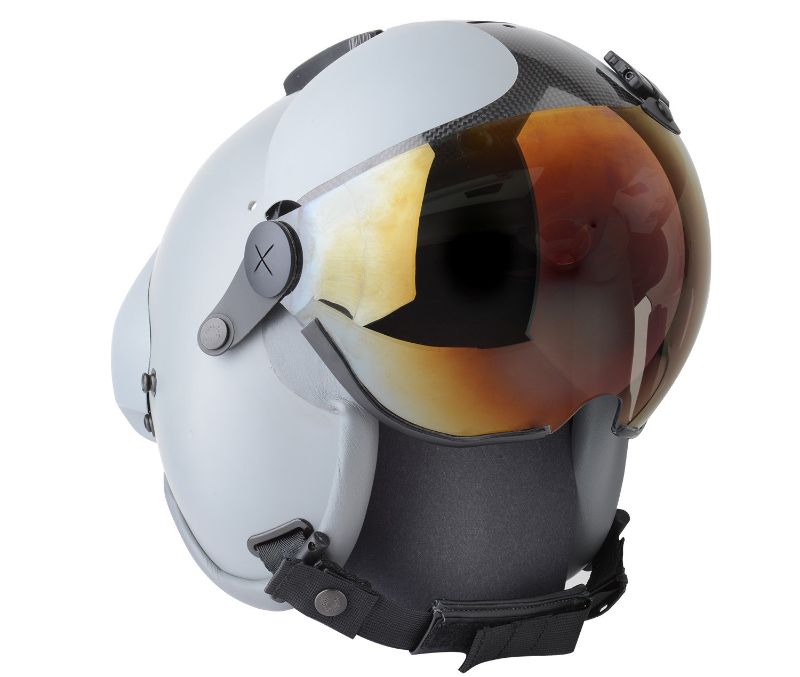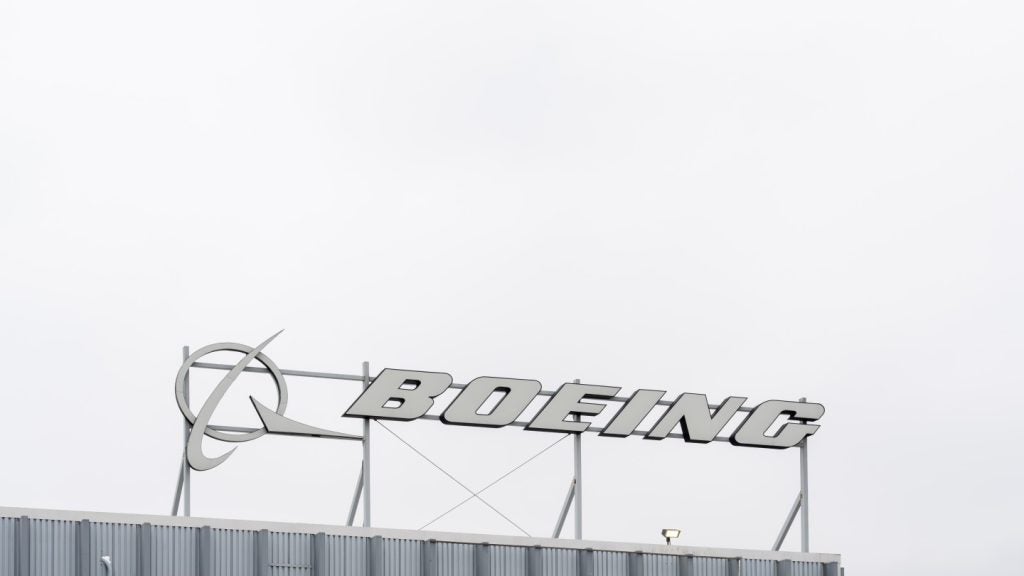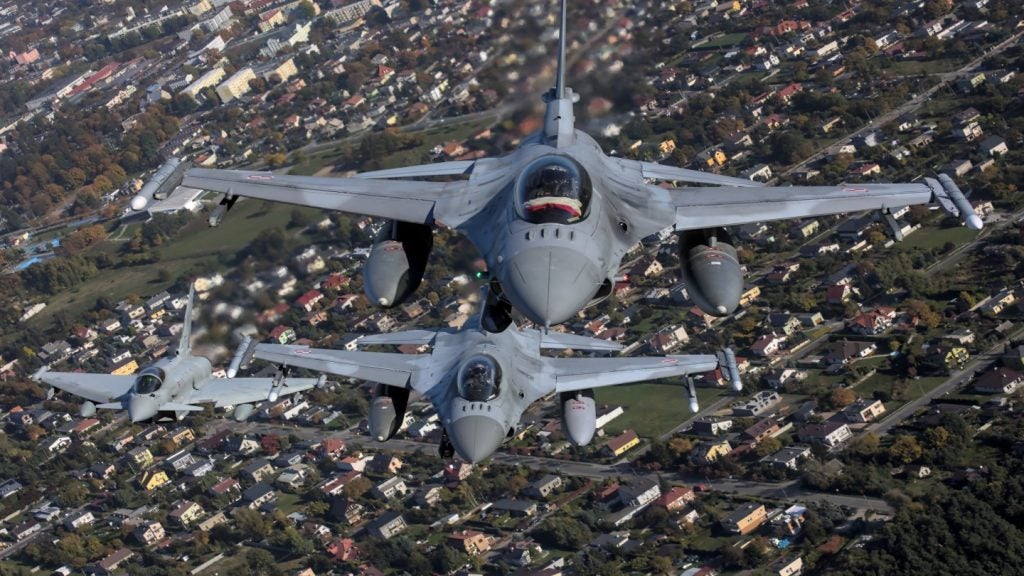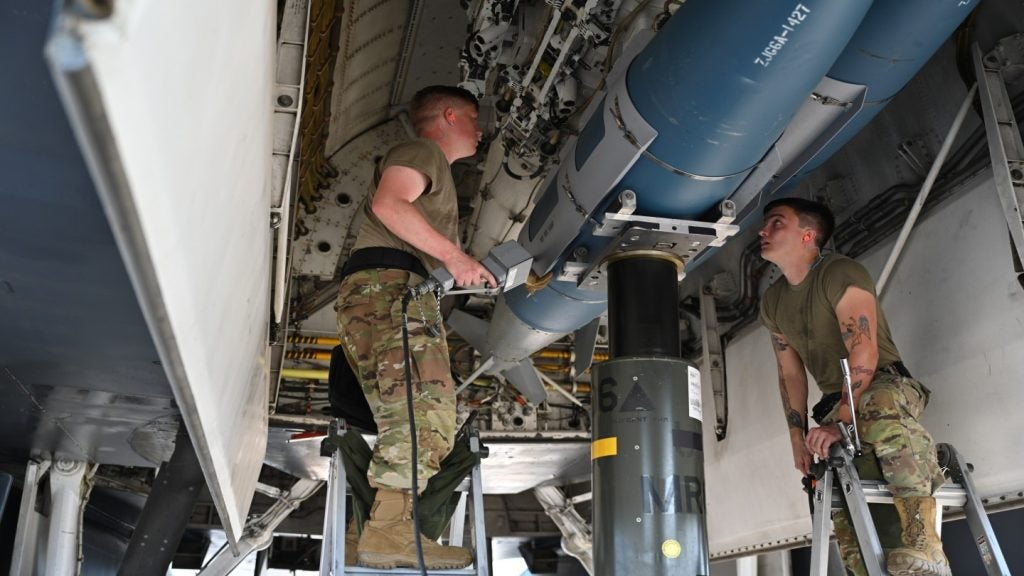
The US Air Force (USAF) is conducting flight tests of the Joint Helmet Mounted Cueing System (JHMCS) II, a modular helmet-mounted display, on board the Lockheed Martin F-16V aircraft.
Tests are being conducted following the completion of JHMCS II safety qualification testing, including wind blast, tower and sled tests.
The latest variant of JHMCS family of products, JHMCS II is equipped with new technologies to enhance effectiveness and pilot safety.
It includes visor-projected symbology, an optical / inertial tracker and up-look reticles. Additionally, it features a day display module and a night module enabling modified -4949 Aviator Night Vision Goggles to support operations in all flight conditions.
Collins Elbit Vision Systems (CEVS), a joint venture between Collins Aerospace and Elbit Systems of America, delivers these helmet-mounted displays.
Elbit Systems of America president and CEO Raanan Horowitz said: “JHMCS II is designed to increase lethality, mission effectiveness, and pilot safety.
How well do you really know your competitors?
Access the most comprehensive Company Profiles on the market, powered by GlobalData. Save hours of research. Gain competitive edge.

Thank you!
Your download email will arrive shortly
Not ready to buy yet? Download a free sample
We are confident about the unique quality of our Company Profiles. However, we want you to make the most beneficial decision for your business, so we offer a free sample that you can download by submitting the below form
By GlobalData“The helmet-mounted display’s improved centre of gravity reduces neck strain, which increases pilot safety and comfort.”
The latest flight tests are part of the USAF’s Military Flight Release process for an F-16V launch customer. Such tests are carried out to ensure that the aircraft and its subsystems have met specification performance, safety, reliability and maintainability criteria.
Lockheed Martin F-16 vice-president Danya Trent said: “Flight testing is the next milestone as we partner with Collins Elbit Vision Systems on the JHMCS II, and we look forward to continued collaboration.
“We are incredibly proud to support F-16 pilots with this cutting-edge technology, enabling their critical missions around the world.”
The JHMCS II has already been selected by several international customers as the formal baseline HMD of the F-16V and F-16 block 70/72 aircraft.







